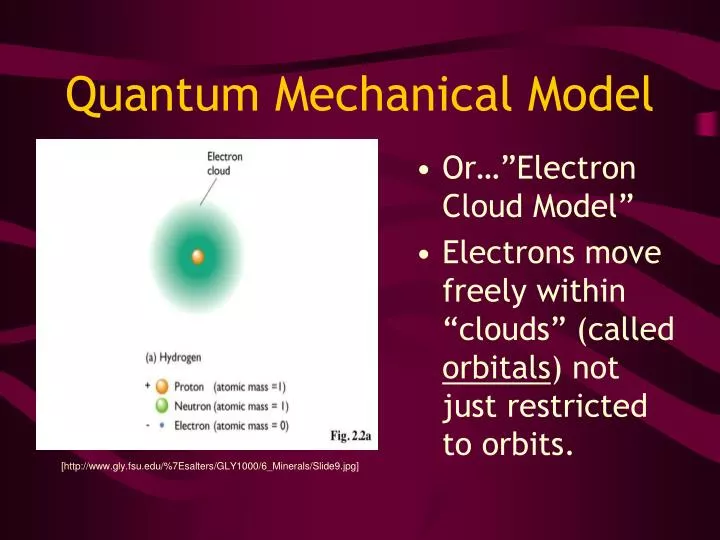


You can explore more of their perspectives on the benefits and challenges of microservices using the interactive tool below: In a recent IBM survey of over IT executives, developer executives and developers, 87% of microservices users agreed that microservices adoption is worth the expense and effort. In addition to being used to create net-new cloud native applications, microservices can be used to modernize traditional monolithic applications. These services (also called microservices) typically have their own technology stack, inclusive of database and data model, and communicate with each other via a combination of REST APIs, event streaming, and message brokers.īecause microservices can be deployed and redeployed independently, without impacting each other or disrupting the end-user experience, they are a perfect match for automated, iterative delivery methodologies such as continuous integration/ continuous deployment (CI/CD) or DevOps. Microservices (also called microservices architecture) is an architectural approach in which a single application is composed of many smaller, loosely coupled and independently deployable components or services. You can also dive into the IBM Cloud Podcast, which has a seven-episode miniseries entitled " Everything Cloud Native." Microservices and containers



 0 kommentar(er)
0 kommentar(er)
